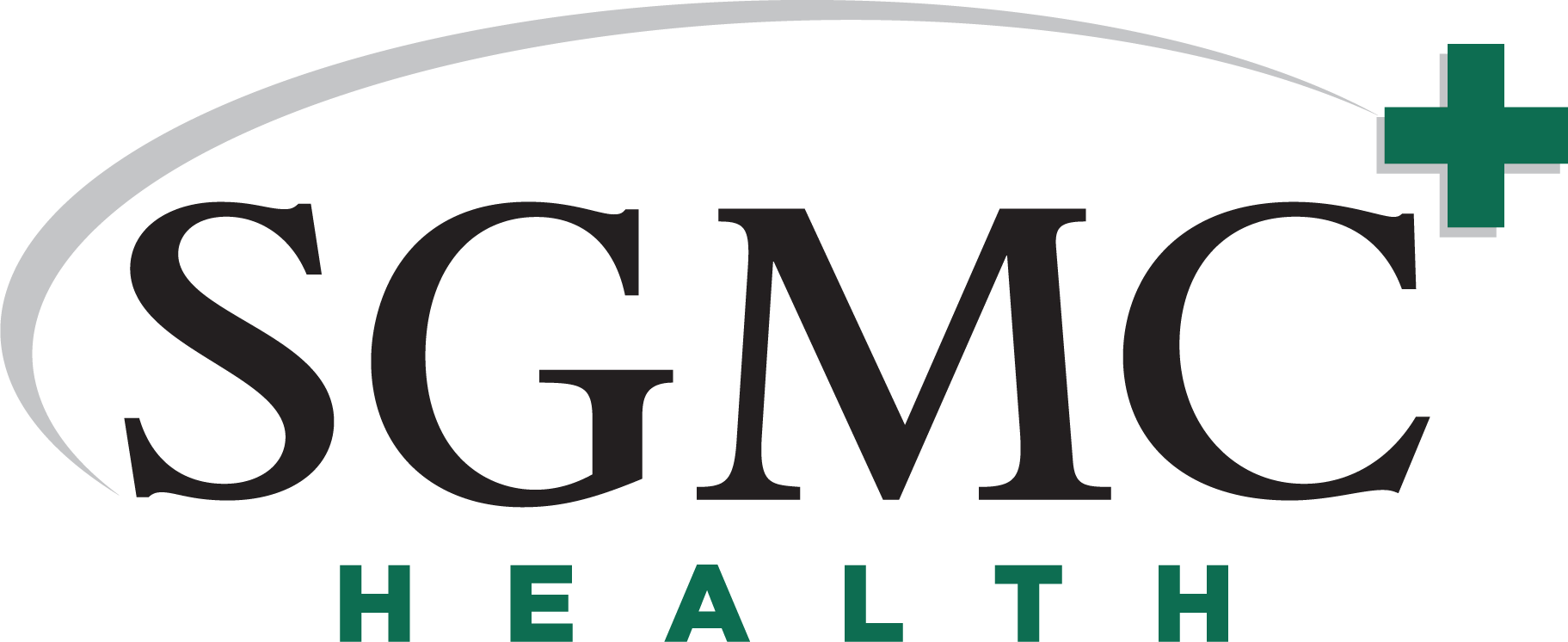4/12/2011
South Georgia Medical Center is pleased to introduce the da Vinci® Si™ Surgical System to our operating room and to our community. The arrival of the da Vinci Surgical System marks the beginning of a robotic-assisted surgery program at SGMC.According to SGMC Chief of Staff Bolan P. Woodward, MD, “Surgical robotics is the next generation in surgical care and it is quickly becoming the gold standard for a variety of procedures.”Unlike industrial robots, surgical robots are not autonomous and do not work independently. The robot is simply a sophisticated tool manipulated by the surgeon. At SGMC, affiliated OB/GYNs Joe Clifton; Alex Culbreth, III; Roy Swindle; Jerthitia Taylor; Sam Taylor; and Bolan Woodward will join cardiothoracic surgeon David Saint as the first users of the robotic technology.Dr. Woodward explains, “Open surgery has long been used to treat a wide range of complex medical conditions. Open surgery usually means a larger incision followed by weeks of recovery. Laparoscopic surgery offers a minimally invasive approach with a quicker recovery period but it is limited to specific cases. Robotic-assisted surgery, such as a robotic-assisted hysterectomy, combines the efficacy of open surgery with a minimally invasive approach to create an optimal new technique to compliment our existing surgical options.”During robotic-assisted surgery, the surgeon makes a series of four tiny incisions, approximately 2 centimeters in diameter. Four small robotic arms are inserted through these openings. One of the arms is a tiny video camera, and three arms control miniaturized wristed instruments. The surgeon sits at a computer console located within 10 feet of the operating table. By using the da Vinci robot, the surgeon views a magnified, three-dimensional image inside the patient’s body. From the console, the surgeon controls the robotic arms that cut, dissect, and suture. Surgical robotics can be used for a multitude of procedures, including, but not limited to gynecological, urological and cardiac procedures.Because of the da Vinci robot’s powerful magnification, it provides earlier detection of bleeding and improved surgical dexterity, which allows for precise vein ligation. The robot mimics and improves movements of the surgeon’s wrist, hands and fingers filtering out natural hand tremors. The robot also makes it possible to operate on smaller organs located deep within the body.To maximize efficiency with surgical robotics, SGMC is the first hospital in Georgia to go to the extra expense of purchasing a simulator and beginning a pilot training program called Genesis, offered by Intuitive, the manufacturer of the da Vinci Si Surgical Robot.“Physician and staff education is the basis of any successful surgical robotics program,” said SGMC Chief Medical Officer Kim Megow, MD. The education process began weeks before the robot arrived.”Physician training involves self-study and a written examination, followed by hands-on training at a practice facility. After laboratory training, the surgeon then performs procedures at the side of a board certified surgeon with robotics training. After the surgeon completes a specific number of proctored cases, he or she becomes credentialed to perform procedures independently.By having the simulator at SGMC, surgeons can actually practice a procedure before actually doing it. “This will be very beneficial when we have patients with difficult anatomy,” Dr. Megow explains.Commenting on the introduction of the da Vinci Si System, SGMC Chief Executive Officer James McGahee said, “We believe the new features of the da Vinci Si System will help us provide the best possible outcomes for many patients with shorter hospital stays, quicker recovery times and less pain and discomfort.”For more information about the da Vinci Si System, speak to your physician to see if robotic-assisted surgery is right for you.
